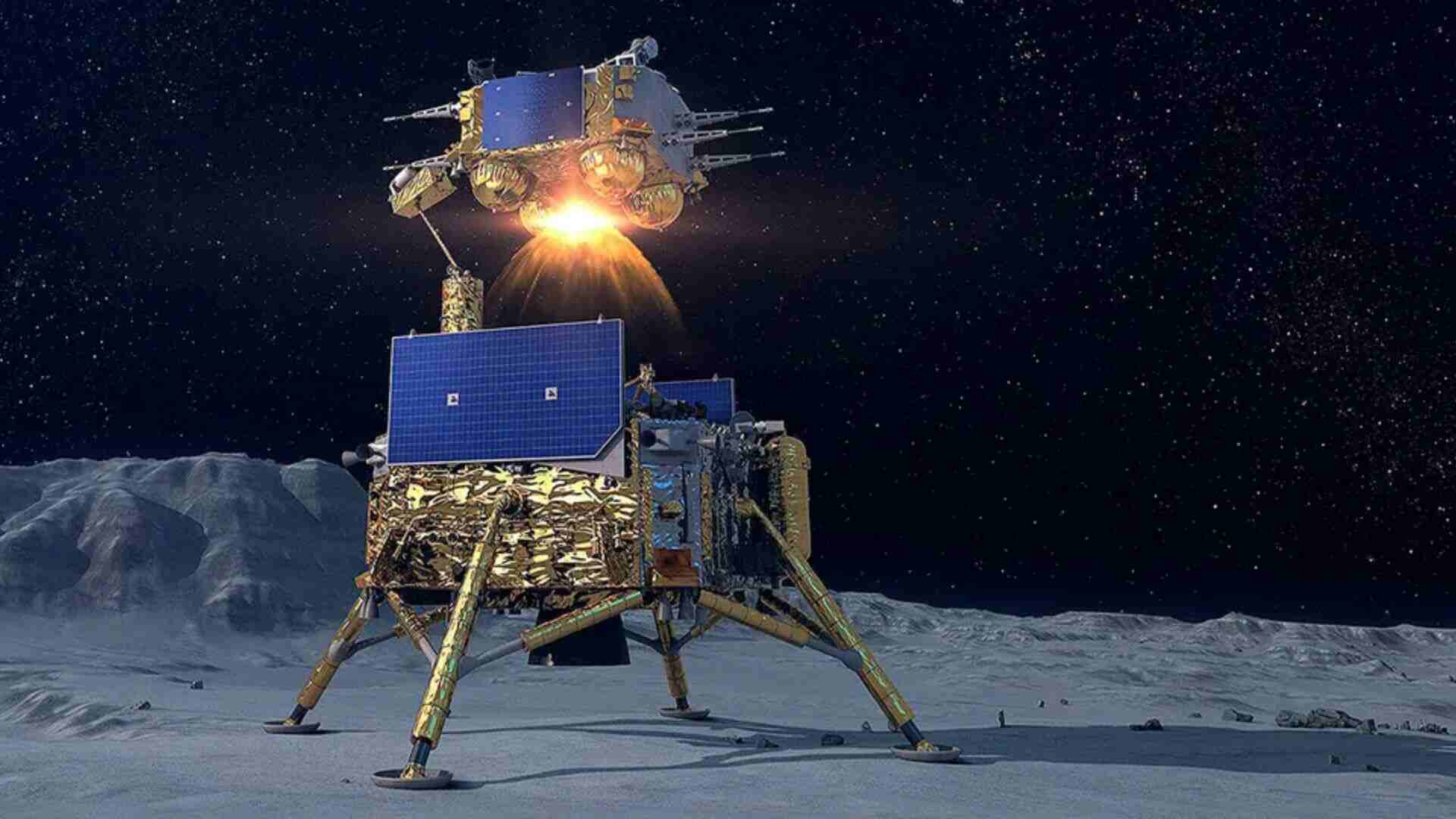China’s Chang’e-6 mission made a historic touchdown on the far side of the Moon on Sunday morning, marking a significant milestone in lunar exploration. This mission, orchestrated by the China National Space Administration (CNSA), aims to collect samples from this rarely explored terrain, a feat never before accomplished in human history.
The CNSA’s announcement highlights the importance of this mission in advancing our understanding of the Moon’s composition and geology.
Since its launch on May 3 this year, the mission has progressed through several phases, including Earth-Moon transfer, lunar orbit insertion, and landing descent. According to the CNSA, the lander-ascender module detached from the orbiter-returner module on May 30. The lander-ascender then initiated its powered descent at 6:09 am.
The main engine with variable thrust was ignited, and the combination quickly adjusted its attitude and gradually approached the lunar surface. During the descent, an autonomous visual obstacle avoidance system was used to automatically detect obstacles, with a visible light camera selecting a comparatively safe landing area based on the brightness and the darkness of the lunar surface.
The hybrid craft floated approximately 100 meters above the designated safe landing zone, employing a laser 3D scanner to identify obstacles on the moon’s surface and choose the optimal landing spot. It then descended slowly in a vertical manner. As it neared the lunar surface, the engines were deactivated, and it landed smoothly using a cushioning system, undergoing a controlled free fall.
The Chang’e-6 mission‘s objective is to gather and bring back samples from the moon’s far side, marking a pioneering effort in human lunar exploration. This mission has made significant strides in lunar retrograde orbit design and control technology, focusing on intelligent and swift sampling techniques. The spacecraft has landed at the Apollo Basin impact crater within the SPA Basin.
After the landing, the probe is scheduled to complete sampling within two days. It has adopted two moon sampling methods, including using a drill to collect subsurface samples and grabbing samples on the surface with a robotic arm. According to Jin Shengyi, another space expert from the CASC, the Chang’e-6 probe development team has built a simulation lab in advance to ensure a smooth sampling process.
The Chang’e-6 probe, aided by the Queqiao-2 relay satellite, successfully landed at 6:23 a.m. (Beijing Time) in the South Pole-Aitken (SPA) Basin, as per Xinhua news agency. This mission includes an orbiter, a returner, a lander, and an ascender.























